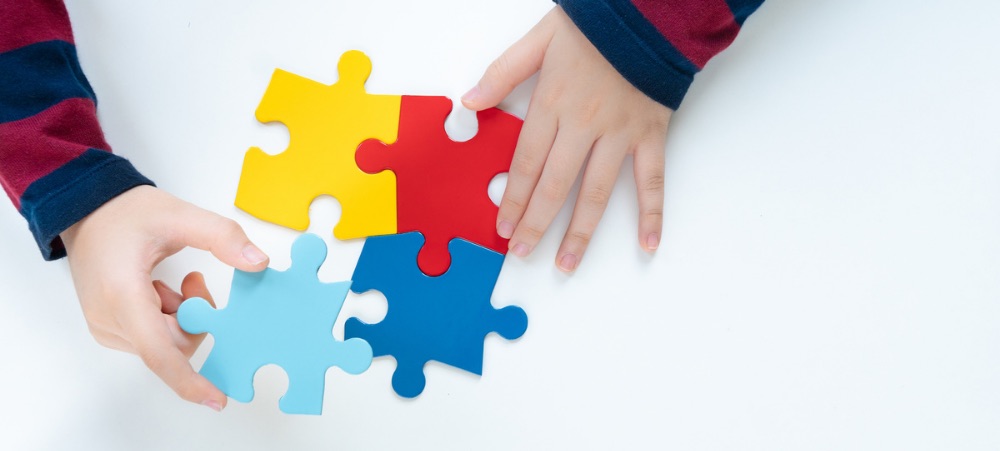Rita Niemann
Bullying is an example of school violence, which mostly stems from aggression and poor self-image. Bullying can be defined as a conscious, wilful, and deliberate hostile activity and as it tends to happen at any point in time, it makes it very difficult to predetermine.
Louw and Louw (2007:230) emphasise the need for humans to belong and states that social development is characterised by an increasing involvement with peers as that contributes towards satisfying emotional needs. Teachers and parents, therefore, must account for the various phases of relationship building during adolescence and must guide children towards sound social and interpersonal relationships.
Because bullying cannot be contextualized by group, age or gender, any child can fall prey to a bully. However, children tend to follow the example of their parents and if parents condone acts of aggression or violence, children tend to emulate such acts, resulting in others feeling threatened and unsafe.
Legislatively, every learner has the right to be educated in an environment that is “clean and safe” and is “conducive to education” (RSA, 2006). Unfortunately, bullying has become both a national and international concern. Most acts of bullying are related to an imbalance of power to ensure dominance, boosting the bully’s self-image and getting attention (even if it is negative attention).
Barbara Coloroso (2005: 49-51) identified different kinds of bullies. Those who:
- have powerful personalities, are admired by others and are not easily recognised as being a bully.
- use gossip and verbal abuse to manipulate others.
- show little emotion, but is determined to continue the bullying.
- are hyperactive, struggle with schoolwork and have poor social skills.
Any child can become a bully’s target depending on the bully’s inner insecurities. Bullies tend to prefer submissive children, but it could also simply be because the person is younger, smaller, thinner, fatter, or even because of his or her gender. Bullies also tend to choose targets who have characteristics they crave themselves, such as being clever and dedicated.
Parents and teachers often wonder why victims do not report the bullying. Often, victims of bullying feel ashamed because of what is happening to them, or they feel that there must be something wrong with them. They also fear that the bullying may get worse if it is reported.
Bullying must be dealt with swiftly and deliberately – see the follow-up article in this regard.
References
Coloroso, B. 2005: The bully, the bullied and the bystander. From pre-school to secondary school – how parents and teachers can help break the cycle of violence. London:Piccadilly.
Louw, D., & Louw, A. 2007. Child and Adolescent Development. Bloemfontein: ABCPrinters.
Niemann, R., Marais, N., Swanepoel, Z. & Moosa, M. 2016. Problem areas in schools In: Jacobs, M. Teaching-learning Dynamics, Johannesburg: Pearsons
Republic of South Africa (RSA). 2006. Regulations for Safety Measures at Public School). Government Gazette No. 26663. Pretoria: Government Printers.





